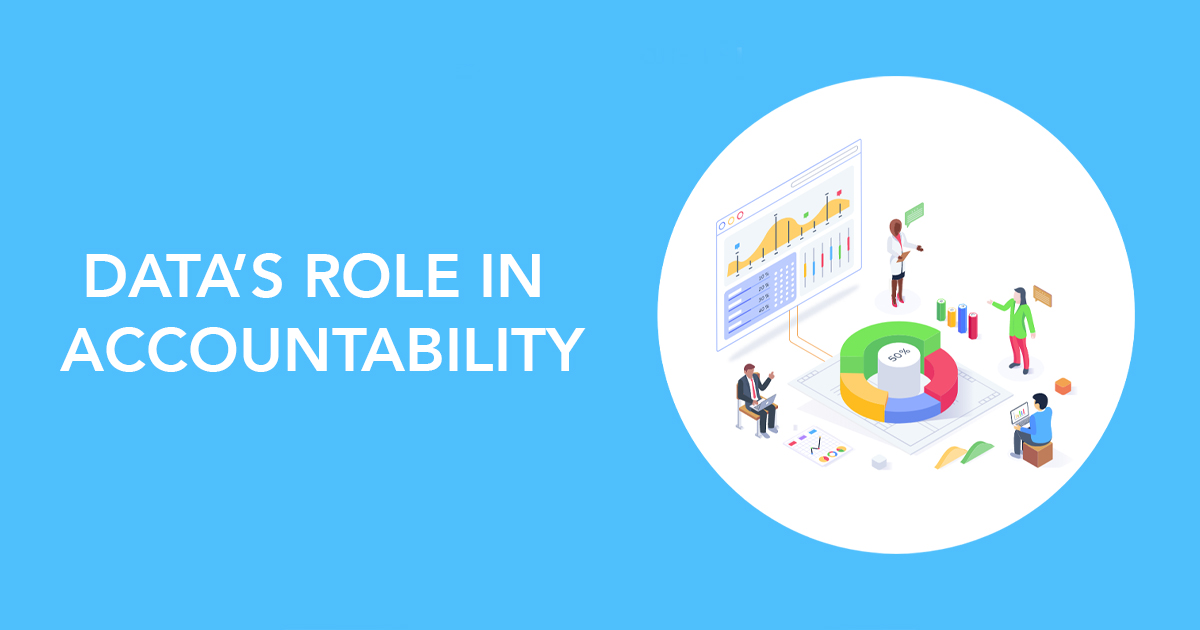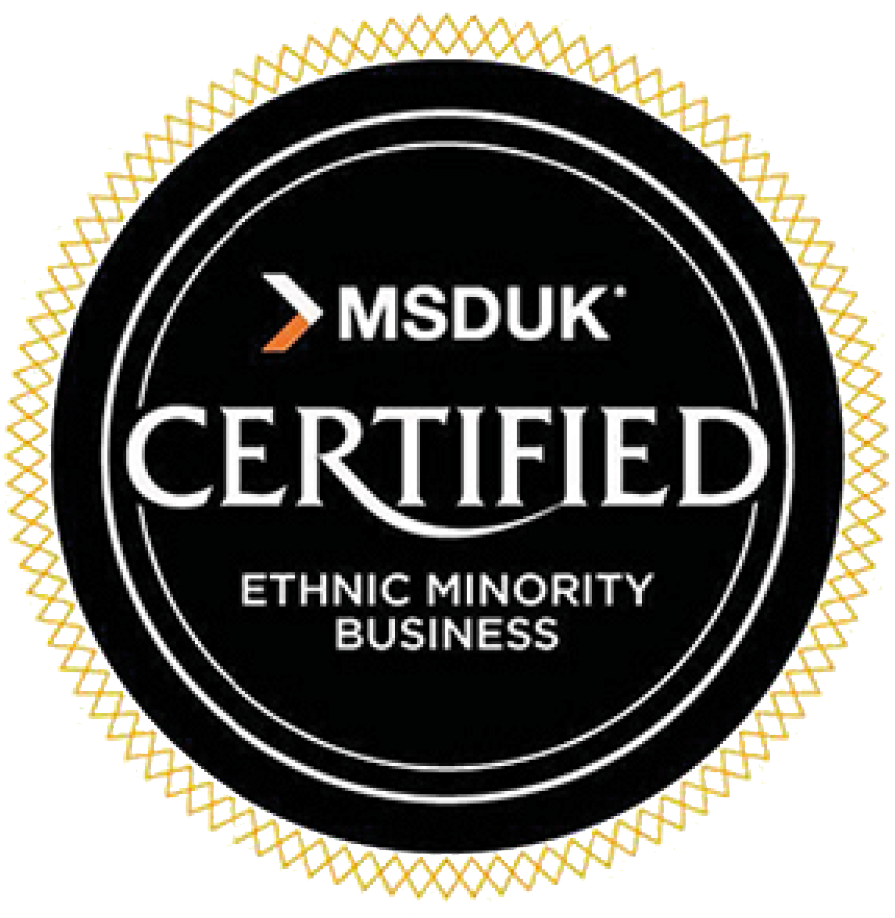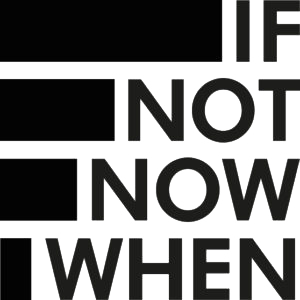An increasing number of organizations are leaning into collecting and reporting on data as they recognize the value and impact of implementing data-driven ED&I (Equity, Diversity & Inclusion) solutions. With accountability being one of the core themes for 2022, data plays a crucial role in ensuring that D&I strategies are robust and fit for purpose.
Strong data-driven solutions underpin successful business strategies, whether that’s in the development of talent programs that support with the advancement of diverse representation at senior leadership levels (which don’t put the onus on diverse talent to develop, but actually on their line managers and senior leaders to contribute to breaking down systemic barriers that hinder their progress) or identifying which trainings and workshops may be most impactful for your employees.
What gets measured gets done, and it is vital that organizations lean into data analysis, no matter how potentially uncomfortable findings may be. Different businesses can be at various stages within their data journey, and whether that’s the collection phase, analysis, or implementation here are some tips on how to make the most of your data’s role in holding your business accountable for change.
Data collection.
How do you collect data? How do you increase disclosure rates from your employees?
At a time when data collection is contentious due to various high-profile mishandlings of people’s private data, it is vital that businesses starting on their journey make their intentions surrounding data collection transparent. For one, this will foster trust within your employees, who will know from the start why their data is being collected and more importantly, what will be done with it. Ensuring that employees are aware of potential action plans and the reasoning behind any surveys or calls for feedback will help them to further trust the process. Of course, constantly re-establishing trust by reinforcing aims is key and data collection and analysis should result in actions that showcase your commitment to change. Support from all levels is essential in the data collection process, and the tone should be set from the top with clear communication campaigns being led by senior leaders, who need to support these conversations internally and encourage their teams to be as clear and open as possible around the why, how, and what the data will be used for.
Quantitative and qualitative data are equally as important, as one can create an overall image of sentiment grounded in statistics while the other allows employees to share more detailed accounts of their lived-experiences and opinions in a free-flowing and safe manner and delve deeper into potential areas of focus for the business.
Data Analysis
You have the data – how do you analyze it and what do you do with the findings?
For organizations that have collected data, the analysis process is key to create a holistic view of your organization’s strengths and locating where areas of improvement and opportunity exist. Whenever possible, collecting disaggregated data allows to truly drill down into demographic categories, tenure, seniority, business units, teams, etc – and get a deeper dive into the experiences of different groups across the full employee lifecycle; from attraction, recruitment, onboarding to development and retention (incl. rewards, recognition, benefits) and separation/exit.
This enables organizations to set a benchmark from which to monitor growth and evaluate effectiveness of current programs and initiatives; as well as to design a roadmap of interventions that will have the most positive impact on different groups of colleagues.
It’s equally important to remember that action should not be stalled, and we shouldn’t get so fixated on crunching the numbers that we lose sight of driving change. While getting granular is important for targeted and impactful interventions, the need to implement solutions such as talent programs or awareness campaigns can become clear fairly quickly in the data analysis process and it’s vital that decisions aren’t delayed as it could have potentially negative impact.
Implementation
How do we implement solutions?
By this point in the journey, it’s clear where a business can implement targeted solutions for their employees. To ensure that employees still trust in the data collection journey and to stay on track with pushing the needle closer towards inclusion, acting quickly and decisively is important. Otherwise, there is no point in the data collection journey if no concrete action comes of this as a result. The implemented solutions can vary, perhaps it leads to the publishing of gender and ethnicity pay gap reports, setting specific targets, the creation of mentoring schemes and/or specific leadership programs. Perhaps biases are uncovered within processes such as hiring, the need to diversify certain teams and representation at the leadership level. Ultimately, data holds businesses accountable for change by unearthing areas within the business where there are opportunities for further growth, innovation, and productivity as well as being the right thing to do for your employees.
Our RADAR benchmarking solution is a fantastic tool for gathering, collating and creating data-driven solutions from, as we take a 360-degree look at inclusion and diversity in practice within your organization, delving into recruitment and retention, attraction, development, resourcing, innovation and of course, accountability.
The purpose of RADAR is to enable organizations to set a benchmark from which to monitor growth and evaluate effectiveness of current programs and initiatives. This insight into the lived-experiences of your diverse talent, and employee population as a whole, allows us to recommend data-driven, targeted solutions that support the growth of your business.
There is no one-size-fits-all approach to diversity and inclusion, and your data collection process will only emphasize that. Businesses and their leaders should use the information gained to hold themselves accountable for positive, tangible change.




